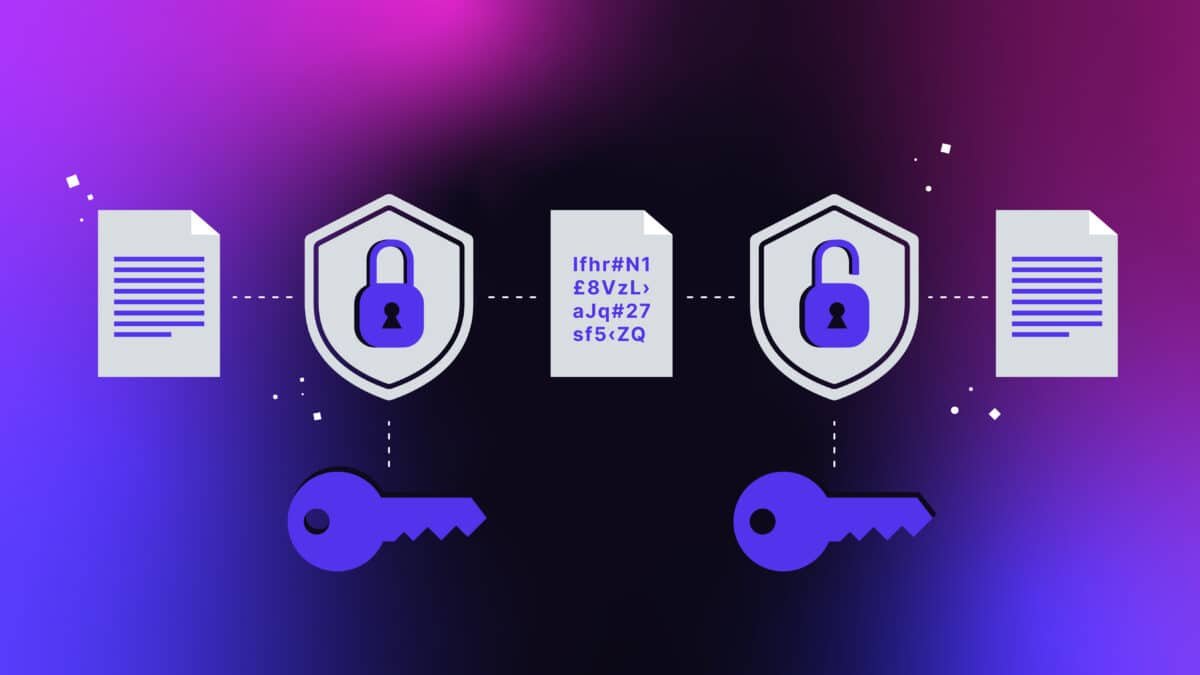The Role of Encryption in Safeguarding Sensitive Data
In today’s digital landscape, safeguarding sensitive data has become a top priority for individuals and organizations alike. With increasing cyber threats and data breaches, encryption stands out as a fundamental technology for protecting information. This blog post explores the crucial role of encryption in data security, how it works, its benefits, and best practices for implementing encryption to ensure the safety of your sensitive data.
What is Encryption?
Encryption is the process of converting plain text or data into a coded format that is unreadable without the appropriate decryption key. It involves using algorithms to transform data into a format that can only be deciphered by authorized parties. The primary purpose of encryption is to protect data from unauthorized access and ensure its confidentiality and integrity.
Types of Encryption
- Symmetric Encryption
- Definition: Uses a single key for both encryption and decryption. The same key must be shared between the sender and receiver.
- Example: Advanced Encryption Standard (AES) is a commonly used symmetric encryption algorithm.
- Asymmetric Encryption
- Definition: Uses a pair of keys—a public key for encryption and a private key for decryption. The public key can be shared openly, while the private key remains confidential.
- Example: RSA (Rivest-Shamir-Adleman) is a widely used asymmetric encryption algorithm.
- Hashing
- Definition: Converts data into a fixed-size hash value, which is unique to the original data. Hashing is a one-way process and is used primarily for data integrity verification rather than encryption.
- Example: SHA-256 (Secure Hash Algorithm 256-bit) is a popular hashing algorithm.

Benefits of Encryption
1. Protects Data Confidentiality
Encryption ensures that sensitive data remains confidential by making it unreadable to unauthorized individuals. This is crucial for protecting personal information, financial records, and proprietary business data from exposure during a data breach or unauthorized access.
2. Enhances Data Integrity
Encryption helps maintain data integrity by preventing unauthorized alterations. Encrypted data can only be modified by individuals who possess the decryption key, ensuring that the information remains accurate and unaltered.
3. Secures Data in Transit
When data is transmitted over networks or the internet, encryption safeguards it from interception and eavesdropping. Encrypted communication channels, such as HTTPS, protect data exchanged between users and websites, reducing the risk of data breaches.
4. Complies with Regulatory Requirements
Many regulations and standards, such as GDPR (General Data Protection Regulation) and HIPAA (Health Insurance Portability and Accountability Act), require the use of encryption to protect sensitive data. Implementing encryption helps organizations meet compliance requirements and avoid legal penalties.
5. Mitigates Risk of Data Breaches
In the event of a data breach, encryption acts as a critical line of defense. Even if encrypted data is stolen, it remains unreadable without the decryption key, minimizing the impact of the breach and reducing the risk of data misuse.
Best Practices for Implementing Encryption
1. Use Strong Encryption Algorithms
Select robust encryption algorithms that offer high levels of security. For symmetric encryption, AES with a key size of 256 bits is recommended. For asymmetric encryption, RSA with a key size of at least 2048 bits provides strong protection.
2. Encrypt Data at Rest and in Transit
Ensure that sensitive data is encrypted both at rest (stored data) and in transit (data being transmitted). This comprehensive approach provides protection against various types of threats and vulnerabilities.
3. Manage Encryption Keys Securely
Proper management of encryption keys is essential for maintaining data security. Store keys in secure hardware modules (HSMs) or key management systems, and implement access controls to prevent unauthorized access.
4. Regularly Update Encryption Protocols
Stay up-to-date with advancements in encryption technology and update protocols as needed. Regularly review and upgrade encryption algorithms and practices to address emerging threats and vulnerabilities.
5. Educate Employees About Encryption
Provide training and resources to employees regarding the importance of encryption and secure data handling practices. Ensuring that staff understand how to implement and use encryption effectively helps prevent accidental data exposure.
6. Monitor and Audit Encryption Practices
Continuously monitor and audit encryption practices to ensure compliance with security policies and standards. Regular audits help identify potential weaknesses and verify that encryption measures are functioning correctly.
Conclusion
Encryption plays a pivotal role in safeguarding sensitive data from unauthorized access, ensuring data integrity, and complying with regulatory requirements. By implementing strong encryption practices, protecting data both at rest and in transit, and managing encryption keys securely, individuals and organizations can significantly enhance their data security posture. As cyber threats continue to evolve, encryption remains a fundamental technology for maintaining the confidentiality and integrity of sensitive information in an increasingly digital world.



